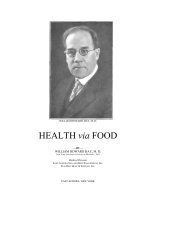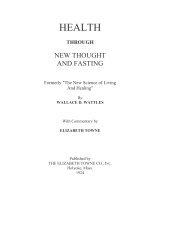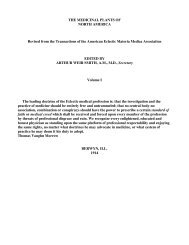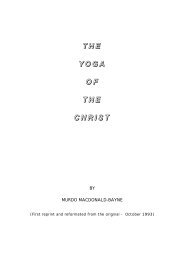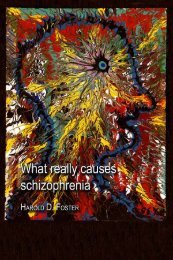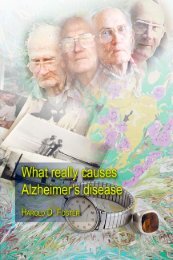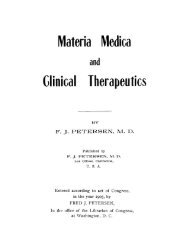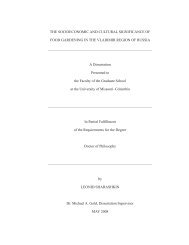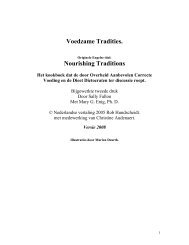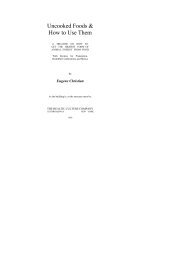FACTORS OF SOIL FORMATION - Midlands State University
FACTORS OF SOIL FORMATION - Midlands State University
FACTORS OF SOIL FORMATION - Midlands State University
You also want an ePaper? Increase the reach of your titles
YUMPU automatically turns print PDFs into web optimized ePapers that Google loves.
that driven off above 110°C, also speaks for significant chemical and<br />
physical conversions of rock into soil.<br />
Hardy (7) has reported a significant accumulation of nitrogen and<br />
organic matter on recent volcanic-ash soils of the Soufrière district in<br />
St. Vincent, British West Indies. Fourteen years after the last volcanic<br />
eruption, the surface foot layer of soils at an altitude of 2,000 ft.<br />
contained 0.022 to 0.035 per cent nitrogen and 1.0 to 2.0 per cent<br />
organic matter. In 1933, 30 years after the eruption, the reforested<br />
region had attained comparative stability. Surface-soil samples<br />
collected at 10 different sites showed an average organic-matter<br />
content of 2.1 per cent and an average nitrogen content of 0.10 per<br />
cent (carbon-nitrogen ratio = 12.2) in the upper six-inch layer, values<br />
that are comparable with those for most of the cultivated soils of St.<br />
Vincent. "Thus," writes Hardy, "within 10 to 20 years, sterile volcanic<br />
ash may give rise to fertile soil under the prevailing circumstances."<br />
TABLE 8.—CONDENSED DATA OP A LANG-EILAND <strong>SOIL</strong>, 45 YEARS OLD<br />
(Van Baren, et al.)<br />
Annual rainfall = 262 cm. (103 in.)<br />
Annual temperature = 27.8°C. (82°F.)<br />
Middle Surface<br />
Constituents Rock layer soil<br />
SiO 2 , per cent 67.55 65.87 61.13<br />
Al 2 O 3 , per cent 15.19 16.31 17.24<br />
Fe 2 O 3 , per cent. 1.52 1.74 2.56<br />
FeO, per cent 2.15 2.05 2.59<br />
CaO, per cent 2.89 3.07 3.61<br />
Na 2 O, per cent 4.47 4.01 3.90<br />
K 2 O, per cent 1.95 1.53 1.78<br />
CO 2 , per cent — — 0.04<br />
H 2 O, above 110°, per cent 2.46 3.17 3.25<br />
H 2 O, below 110°, per cent 0.04 0.33 1.53<br />
Organic matter, per cent — — 0.45<br />
Nitrogen, per cent 0.018 0.012 0.035<br />
pH 5.3 5.8 6.0<br />
Particles below 20µ, per cent — 22.4 26.1<br />
Color White White Gray<br />
SiO 2 :Al 2 O 3 = sa 7.56 6.86 6.03<br />
β (see p. 27) — 0.816 0.776<br />
Soil-time Relationships on Recent Moraines.—Since the<br />
absolute movements of a number of alpine glaciers during the last<br />
hundred years are fairly accurately known, the study of their moraines<br />
provides good quantitative data on rates of soil formation. Figure 18<br />
illustrates the relative positions of the Mittelberg Glacier in Tirol and<br />
two terminal moraines that were deposited in 1850 and 1890. Miss<br />
Schreckenthal (16), in 1935, studied a number of soils in this region<br />
(Table 9). In spite of seemingly unfavorable climatic conditions,<br />
particularly low temperatures, the moraines have been significantly<br />
altered within a period of 80 years. Soil acidity developed rapidly, silt<br />
became relatively abundant, and even some clay was formed.<br />
Notwithstanding the paucity of the flora, soil nitrogen is now high.<br />
Hoffmann (16), working in the same vicinity, reports nitrogen<br />
analyses that are presented in graphic form in Fig. 19. The nitrogentime<br />
curve appears to ascend in logarithmic manner, tending to<br />
approach a maximum. Although the data are quite scanty, they<br />
demonstrate, nevertheless, the rapid accumulation of soil nitrogen at<br />
high altitudes.



